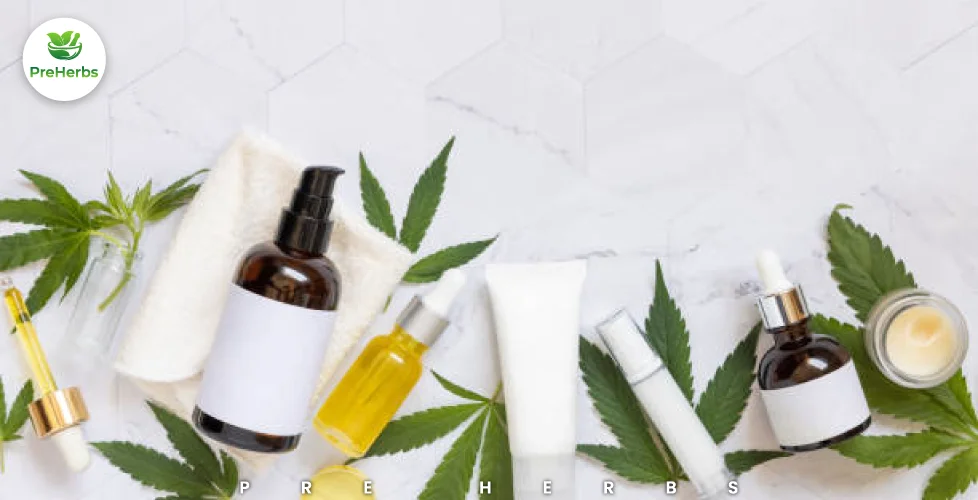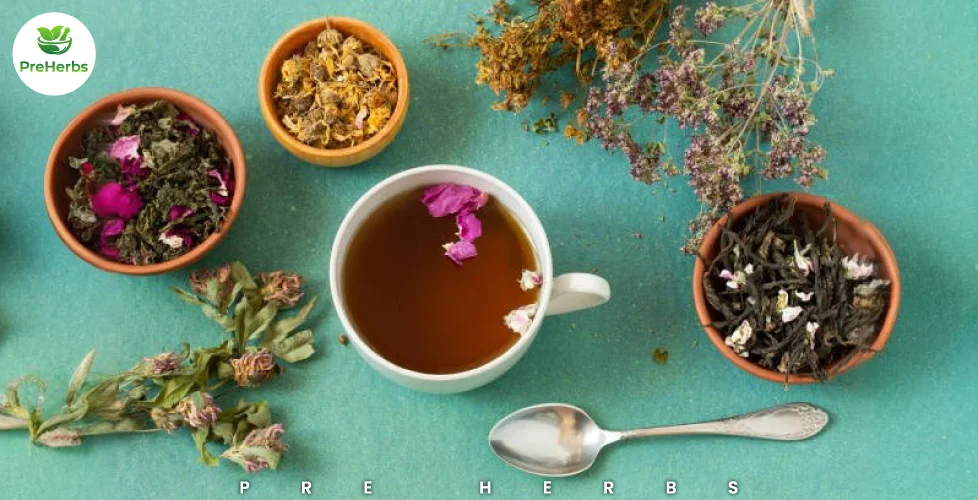(cannabidiol) CBD products have surged in popularity for their potential health benefits, including pain relief, anxiety reduction, and improved sleep. To ensure that you reap the maximum benefits from your cannabidiol products, proper storage is crucial. Like any consumable product, cannabidiol products can degrade over time if not stored correctly. This blog post delves into the best practices for storing cannabidiol products to maintain their potency and freshness.
Related blog: How to Incorporate CBD into Your Wellness Routine
Understanding CBD Product Stability
CBD, derived from hemp, is a compound known for its therapeutic properties. However, it is sensitive to several environmental factors that can impact its stability. Exposure to light, heat, and oxygen can cause cannabidiol to degrade, reducing its effectiveness. Understanding these factors helps in choosing the right storage methods to preserve the quality of your cannabidiol products.
Types of CBD Products and Their Storage Needs
cannabidiol products come in various forms, including oils, tinctures, capsules, edibles, and topicals. Each type has unique storage requirements:
- cannabidiol Oils and Tinctures
- Storage Conditions: Store CBD oils and tinctures in a cool, dark place. Ideally, they should be kept in a cabinet or cupboard away from direct sunlight and heat sources.
- Container: Keep the products in their original, airtight containers. Dark glass bottles are preferable as they protect the oil from light, which can accelerate degradation.
- cannabidiol Capsules
- Storage Conditions: Capsules should be kept in a cool, dry place. A pantry or drawer is suitable.
- Container: Ensure the container is sealed tightly to avoid moisture exposure, which can affect the capsules’ quality.
- cannabidiol Edibles
- Storage Conditions: Store edibles according to their type. For example, keep gummies and chocolates in a cool, dry place to prevent melting or mold growth. Check the expiration date on the packaging.
- Container: Keep edibles in an airtight container to maintain freshness and prevent contamination.
Related blog: Exploring the Different Types of CBD Edibles
- CBD Topicals
- Storage Conditions: Topicals, such as creams and balms, should be stored in a cool, dry place. Avoid exposing them to extreme temperatures.
- Container: As with other products, keeping topicals in their original, tightly sealed containers helps prevent contamination and preserve efficacy.
Key Storage Tips for CBD Products
- Avoid Light Exposure
- Why It Matters: UV rays from sunlight can break down CBD, reducing its potency.
- Tip: Store CBD products in opaque or dark-colored containers to shield them from light. Keeping them in a cabinet or drawer also helps.
- Control Temperature
- Why It Matters: High temperatures can cause CBD to degrade and lose its effectiveness.
- Tip: Ideally, keep CBD products at room temperature (around 60-70°F or 15-21°C). Avoid storing them in places that experience temperature fluctuations, such as near a window or in a car.
Related blog: How to Choose the Right CBD Dosage for Your Needs
- Manage Humidity
- Why It Matters: Excess moisture can lead to mold growth and spoilage.
- Tip: Store CBD products in a dry environment. For products like edibles and capsules, avoid keeping them in the bathroom or kitchen where humidity levels can be high.
- Seal Containers Properly
- Why It Matters: Exposure to air can lead to oxidation, which degrades CBD.
- Tip: Always seal the containers tightly after use. If you’re using products with a dropper bottle, clean and dry the dropper properly before resealing.
- Check Expiry Dates
- Why It Matters: CBD products have a shelf life, and using them past their expiry date can result in diminished effectiveness.
- Tip: Regularly check the expiration date on your CBD products and use them within the recommended time frame. Discard any products that are past their expiry date or show signs of degradation.
Related blog: The Science Behind CBD: How It Works in the Body
Special Considerations for Homemade cannabidiol Products
If you make your own CBD-infused products, such as homemade tinctures or topicals, storage becomes even more critical due to the lack of commercial preservatives.
- Labeling: Always label homemade products with the date they were made to keep track of freshness.
- Refrigeration: Some homemade cannabidiol products, particularly those containing perishable ingredients, may need refrigeration. Check specific recipes for storage recommendations.
Signs of Degraded cannabidiol Products
To ensure that your cannabidiol products are still effective, be aware of the following signs of degradation:
- Change in Color: CBD oil that has turned darker or changed color may be degrading.
- Unusual Odor: A rancid or off-putting smell indicates that the product may have gone bad.
- Altered Texture: If a product has become separated or has an unusual consistency, it may be past its prime.
Related blog: Understanding the Legal Status of CBD in 2024
Conclusion
Proper storage of cannabidiol products is essential for maintaining their potency and effectiveness. By following these guidelines—keeping products away from light and heat, managing humidity, sealing containers properly, and paying attention to expiration dates—you can ensure that your cannabidiol products remain fresh and beneficial. Adhering to these storage practices will help you get the most out of your CBD products and support your overall well-being.



